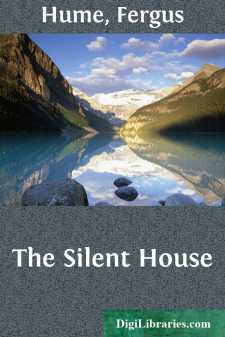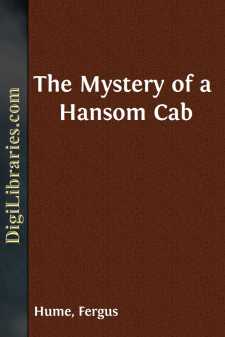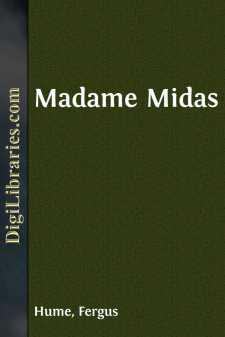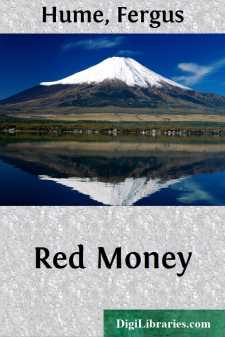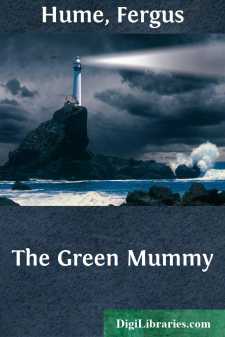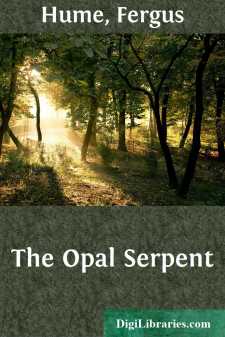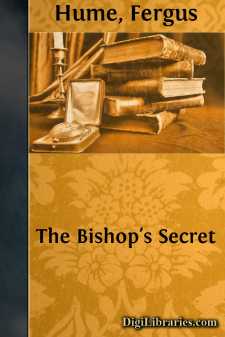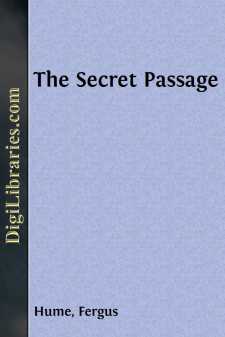Categories
- Antiques & Collectibles 13
- Architecture 36
- Art 48
- Bibles 22
- Biography & Autobiography 813
- Body, Mind & Spirit 142
- Business & Economics 28
- Children's Books 15
- Children's Fiction 12
- Computers 4
- Cooking 94
- Crafts & Hobbies 4
- Drama 346
- Education 46
- Family & Relationships 57
- Fiction 11828
- Games 19
- Gardening 17
- Health & Fitness 34
- History 1377
- House & Home 1
- Humor 147
- Juvenile Fiction 1873
- Juvenile Nonfiction 202
- Language Arts & Disciplines 88
- Law 16
- Literary Collections 686
- Literary Criticism 179
- Mathematics 13
- Medical 41
- Music 40
- Nature 179
- Non-Classifiable 1768
- Performing Arts 7
- Periodicals 1453
- Philosophy 64
- Photography 2
- Poetry 896
- Political Science 203
- Psychology 42
- Reference 154
- Religion 513
- Science 126
- Self-Help 84
- Social Science 81
- Sports & Recreation 34
- Study Aids 3
- Technology & Engineering 59
- Transportation 23
- Travel 463
- True Crime 29
The Silent House
by: Fergus Hume
Categories:
Description:
Excerpt
CHAPTER I
THE TENANT OF THE SILENT HOUSE
Lucian Denzil was a briefless barrister, who so far departed from the traditions of his brethren of the long robe as not to dwell within the purlieus of the Temple. For certain private reasons, not unconnected with economy, he occupied rooms in Geneva Square, Pimlico; and, for the purposes of his profession, repaired daily, from ten to four, to Serjeant's Inn, where he shared an office with a friend equally briefless and poor.
This state of things sounds hardly enviable, but Lucian, being young and independent to the extent of £300 a year, was not dissatisfied with his position. As his age was only twenty-five, there was ample time, he thought, to succeed in his profession; and, pending that desirable consummation, he cultivated the muses on a little oatmeal, after the fashion of his kind. There have been lives less happily circumstanced.
Geneva Square was a kind of backwater of the great river of town life which swept past its entrance with speed and clamour without disturbing the peace within. One long, narrow street led from a roaring thoroughfare into a silent quadrangle of tall grey houses, occupied by lodging-house keepers, city clerks and two or three artists, who represented the Bohemian element of the place. In the centre there was an oasis of green lawn, surrounded by rusty iron railings the height of a man, dotted with elms of considerable age, and streaked with narrow paths of yellow gravel.
The surrounding houses represented an eminently respectable appearance, with their immaculately clean steps, white-curtained windows, and neat boxes of flowers. The windows glittered like diamonds, the door-knobs and plates shone with a yellow lustre, and there were no sticks, or straws, or waste paper lying about to mar the tidy look of the square.
With one exception, Geneva Square was a pattern of all that was desirable in the way of cleanliness and order. One might hope to find such a haven in some somnolent cathedral town, but scarcely in the grimy, smoky, restless metropolis of London.
The exception to the notable spotlessness of the neighborhood was No. 13, a house in the centre of the side opposite to the entrance. Its windows were dusty, and without blinds or curtains, there were no flower-boxes on the ledges, the steps lacked whitewash, and the iron railings looked rusty for want of paint. Stray straws and scraps of paper found their way down the area, where the cracked pavement was damp with green slime. Such beggars as occasionally wandered into the square, to the scandal of its inhabitants, camped on the doorstep; and the very door itself presented a battered, dissolute appearance.
Yet, for all its ill looks and disreputable suggestions, those who dwelt in Geneva Square would not have seen it furbished up and occupied for any money. They spoke about it in whispers, with ostentatious tremblings, and daunted looks, for No. 13 was supposed to be haunted, and had been empty for over twenty years. By reason of its legend, its loneliness and grim appearance, it was known as the Silent House, and formed quite a feature of the place. Murder had been done long ago in one of its empty, dusty rooms, and it was since then that the victim walked. Lights, said the ghost-seers, had been seen flitting from window to window, groans were sometimes heard, and the apparition of a little old woman in brocaded silk and high-heeled shoes appeared on occasions. Hence the Silent House bore an uncanny reputation.
How much truth there was in these stories it is impossible to say; but sure enough, in spite of a low rental, no tenant would take No. 13 and face its ghostly terrors. House and apparition and legend had become quite a tradition, when the whole fantasy was ended in the summer of '95 by the unexpected occupation of the mansion. Mr. Mark Berwin, a gentleman of mature age, who came from nobody knew where, rented No. 13, and established himself therein to lead a strange and lonely life....


